Lieu saint de Seosomun (서소문순교성지)
14.1Km 2019-01-16
447-1 Cheongpa-ro Jung-gu Seoul
+82-2-312-5220
Le carrefour près de Seosomun était un lieu d'exédution à l'époque de Joseon. Ce lieu s'appelait 'Sigumun' qui signifie la porte où les cadavres passent. Ils transportaient les cadavres par Seoeomun et exécutaient les coupable à ce lieu où il y avait un marché à l'époque. Les citoyens pouvaient regarder à la scène d'exécution ce qui alarmait les personnes. En 1984, 103 martyrs sont nés dans le catholicisme de Corée, qui est également un événement peu probable dans l'histoire mondial catholique. Pour les croyants catholiques en Corée, Seosomun est considéré comme l'un des lieux saints importants parce que de nombreux prêtres catholiques ont été martyrisés à ce site. Parmi 103 martyrs coréens, 44 ont été martyrisés ici. En outre, une béatification a eu lieu ici en 2014, pour bénir les 124 personnes.
Doseong (도성)
14.1Km 2021-03-26
15, Jahamun-ro 7-gil, Jongno-gu, Seoul
+82-2-738-8885
Sujebi jjambbong (Korean spicy seafood noodle soup with hand-pulled dough) is also a popular menu. This restaurant's signature menu is noodles in black bean sauce. This Korean dishes restaurant is located in Jongno-gu, Seoul.
Palais Gyeonghuigung (경희궁)
14.1Km 2021-07-21
55, Saemunan-ro, Jongno-gu, Seoul-si
+82-2-724-0274
A la fin de la période Joseon, Gyeonghuigung servait de palais secondaire pour le roi. Comme il se situe dans la partie ouest de Séoul, il
porte aussi le nom de 'Seogwol'. Le palais secondaire était le palais où le roi se déplaçait en cas d’urgence. De Injo à Cheoljong, environ dix rois de la dynastie Joseon sont restés à Gyeonghuigung. Ce palais qui a été construit en utilisant la géographie inclinée aux alentours de la montagne possède une beauté traditionnelle en
matière d'architecture et une grande signification historique. A une
certaine époque, sa réputation était telle qu'il y avait même un pont arqué le reliant au palais Deoksugung. Les bâtiments Sungjeongjeon et Jajeongjeon
sont pour l’audience royale du roi, tandis que les bâtiments Yungbokjeon et Hoesangjeonet
servaient à dormir. Au total, le palais comprenait 100 bâtiments.
Mais, lorsque le Japon envahit la Corée
en 1908, l’école Japonaise Gyeongseong s'est installée dans le palais, et une grande partie du palais a été nivelée ou déplacée. Actuellement, la porte d(entrée
de Gyeonghuigung, la Porte Heunghwamun est utilisée en tant que porte d’entrée principale de l’ hôtel Silla, et Sungjeongjeon est à l’Université Dongguk. L’école a déménagé dans un autre endroit tandis
que le Sungjeongjeon et quelques autres bâtiments ont été reconstruits.
Près du palais Gyeonghuigung se trouvent le Musée d’Histoire de Séoul, la rue Jeongdong, et la rue très active Jongno. Après avoir visité le palais Gyeonghuigung, vous pouvez traverser la rue Jeongdong et marcher jusqu’au palais Deoksugung. La rue avec un mur de pierres menant
au palais Deoksugung est considérée comme l'une des rues les plus élégantes de Séoul.
Jalppajin Memil - Seochon Branch (잘빠진메밀 서촌)
14.1Km 2021-03-18
41-1, Jahamun-ro, Jongno-gu, Seoul, Korea
+82-70-4142-1214
This is a Korean cuisine located in Jongno-gu, Seoul. A restaurant that uses noodles made with 100% buckwheat directly by the chef. The best menu at this restaurant is dumpling hot pot.
Hyojababe (효자바베)
14.1Km 2021-03-22
42, Jahamun-ro, 1-gil, Jongno-gu, Seoul
+82-70-8749-0019
A restaurant frequently featured in Korean delicious food programs. This BBQ restaurant is located in Jongno-gu, Seoul. The most famous menu is grilled Korean beef.
Musée agricole (농업박물관)
14.1Km 2022-08-03
16, Saemunan-ro, Jung-gu, Seoul-si
Le musée agricole a été inauguré en 1987 et a été réouvert en juillet 2005 après une période de rénovation. Le musée possède trois salles d’expositions : le hall de l’histoire de l’agriculture, le hall de la communauté agricole et le hall de la promotion de l’agriculture. Le musée expose 2 000 artefacts, ainsi que des reconstitutions de rizières, de maisons traditionnelles et de marchés de sociétés agricoles pour permettre aux visiteurs d’observer et de comprendre la vie des fermiers d’autrefois.
Seochon Guest House [Korea Quality] / 서촌 게스트하우스 [한국관광 품질인증]
14.1Km 2023-04-07
28-3, Jahamun-ro 7-gil, Jongno-gu, Seoul
+82-010-3345-9680
Seochon Guest House is located in Seochon, which is becoming a hot place for tourists in Seoul, and precisely on the road to Suseong Valley, whichis filled with interesting stores and is also well-known for Park Nosoo Art Gallery and the House of Yun Dong-ju (poet). Seochon Guest House is nicknamed ‘Jaeminangol (interesting village)’ after Baekseok’s poem ‘Yeowunangol’, with the aim of providing a visit full of interesting experiences. Passing through a garden and entering the main building, the unique charm of this hanok building, the staircase to get to the first floor from daecheong (main floored room), catches the eye of the visitors. In addition, the building is decorated with various stylish objects including paintings and Korean musical instruments. The terrace situated on the first floor offers an open view of the surrounding area including roof tiles of hanok structures and alleyways in Seochon. It is said that Korean novelist Yoon Hu-myeong also appreciated the structure of the guesthouse, saying, “It is an interesting place.” Built in the 1930s, the house, which has many storage places, was taken by the owner couple in spring 2014 as they were attracted by the house during their trip to Seochon. After the repair work, the ground floor of the house was opened for guests from January 2016, hoping that guests could share their daily experiences and stories with each other. The guestrooms and the main floored room on the ground floor are open to guests, with the exception of the first floor, which is used by the owner couple. The living room is equipped with books, a curved TV, and a table. The tasty meal, which is served in the kitchen, consists of rice and soup with six side dishes and is much loved by guests. The guesthouse offers a total of four rooms – Jae Room, which is the most Korean-style room; Mi Room, which has a combined style of a Korean-style room and Western-style room; Nan Room, which is an ideal room for meditation with a beautiful paper window; and Ahn Room, which is equipped with a veranda and a pretty flowerbed. Every room has its separate charm with various comfortable bedding to provide a quiet and cozy bedroom for guests in the middle of the city. Furthermore, the guesthouse holds a pansori (epic chant) performance twice a year. The owner started learning how to sing pansori to promote the Korean culture and tradition to foreigners. When a pansori performance is held, the owner offers traditional Korean snacks and drinks including sikhye (sweet rice punch), sujeonggwa (cinnamon punch), traditional sweets and cookies, and tteok (rice cakes) to visitors, tourists, and performers. Moreover, it provides cultural programs such as a Gukak (Korean classical music) experience, Korean traditional clothes experience, and making Korean food experience, as well as other activities with guests, such as trip to the city wall between Inwangsan Mountain and Bugaksan Mountain, and the Royal Palace Tour to Gyeongbokgung Palace, etc., as well as a trip to a traditional market.
Seoul Gyeonggyojang (서울 경교장)
14.1Km 2021-06-22
29, Saemunan-ro, Jongno-gu, Seoul
+82-2-735-2038
Situé a Pyeong-dong, Jongno-gu, Seoul, c’est
un lieu historique ayant servi de bureau et lieu de résidence de Kim Gu, indépendantiste
et chef du gouvernement provisoire coréen, depuis son retour de Chine de
novembre 1945 jusqu’à son assassinat le 26 juin 1949. Avec le Ihwajang de Lee
SeungMan et le Samcheongjang de Kim GyuShik, Gyeonggyojang fait partie des 3
lieux qui ont vu la naissance de la fondation de la République de Corée. Choi
ChangHak, exploitant de mine d’or, bâtit cette maison au style architectural japonais
de 875m² (un sous-sol, et
deux étages en surface) sur un terrain de 5 235m² et la nomma Jukcheomjang. Après la date
d’indépendance du 15 août, Choi ChangHak offra cette résidence à Kim Gu qui
renomma cette demeure au nom japonais par le nom Gyeonggyojang tiré du nom d’un
pont se situant à proximité. En 1968 l’hôpital Goryeo, actuel Gangbuk Samsung,
racheta cette résidence pour l’intégrer dans son centre hospitalier.
Podam (포담)
14.1Km 2021-03-22
11, Jahamun-ro, 9-gil, Jongno-gu, Seoul
+82-2-733-0831
A store featured in Korean gourmet programs. This Chinese (cuisine) restaurant is located in Jongno-gu, Seoul. The most famous menu is dim sum.
Ca'del Lupo (까델루뽀)
14.1Km 2020-04-27
5-5, Jahamun-ro 16-gil, Jongno-gu, Seoul
+82-2-734-5233
Ca'del Lupo is an Italian restaurant, closely located to Paris Baguette in Hyoja-dong, Jongno-gu near Gyeongbokgung Palace Station. Though the restaurnat masters delicious homemade Italian cuisine on the inside, the exterior is wholly Korean. This unique combination of Hanok (traditional Korean house) style housing and Western foods is drawing a lot of people to Hyoja-dong. The great mix of both cultures can be seen in the sophisticated decorations and from the amazing food. The herbs they use are picked directly from the restaurant's personal garden. But to enjoy the atmosphere here, you will have to make a reservation far in advance.
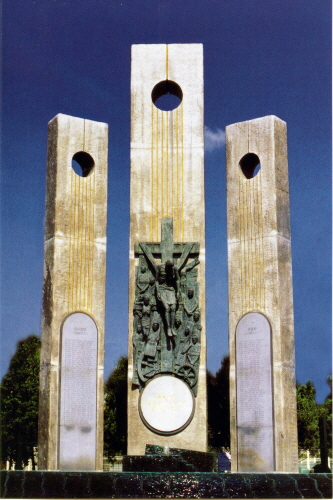
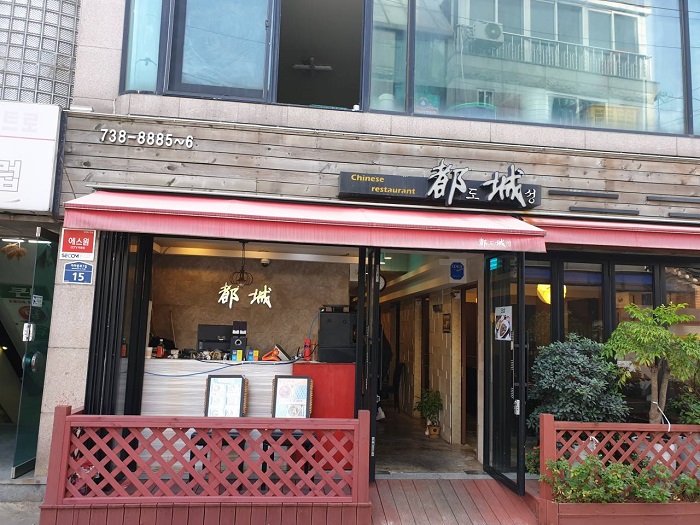
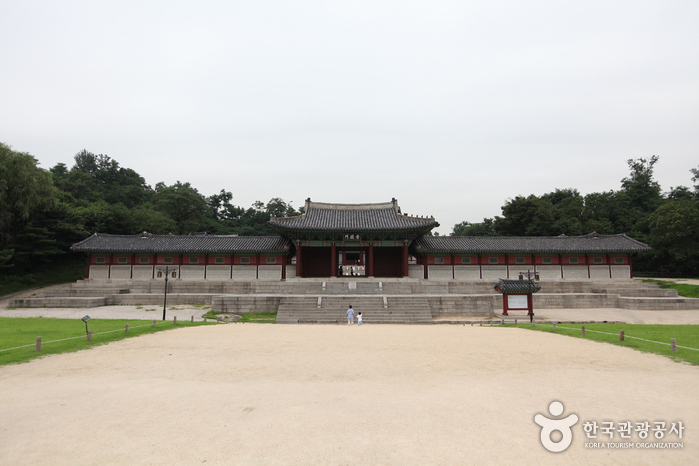
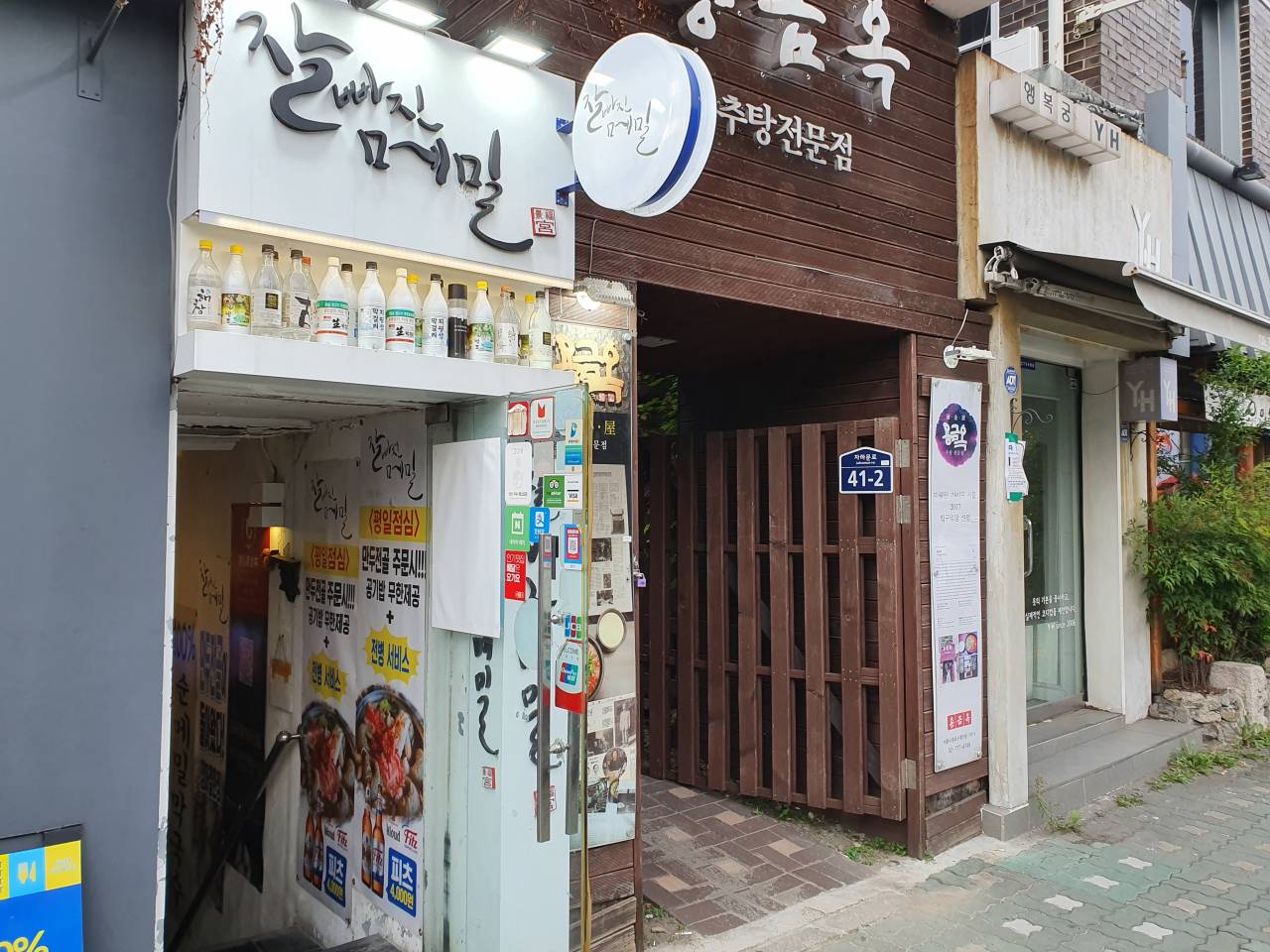
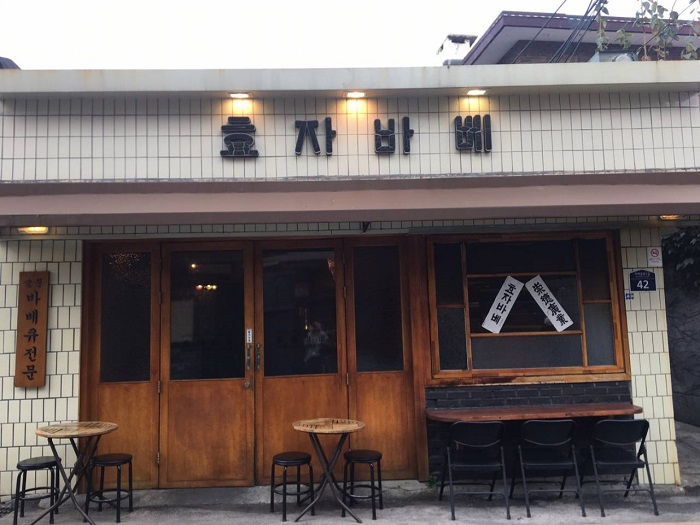
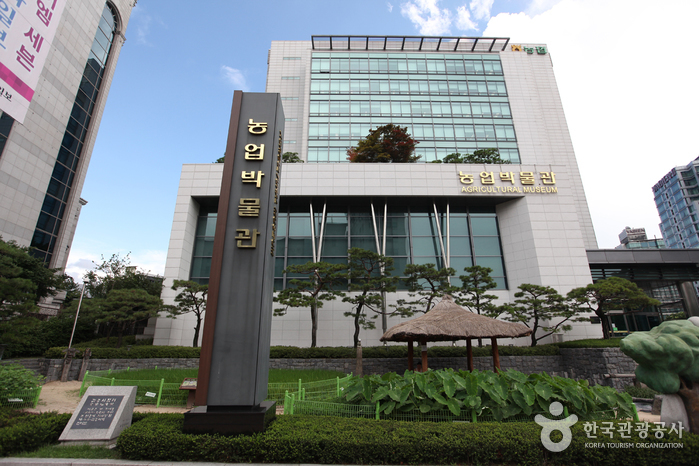
![Seochon Guest House [Korea Quality] / 서촌 게스트하우스 [한국관광 품질인증]](http://tong.visitkorea.or.kr/cms/resource/41/2447241_image2_1.jpg)
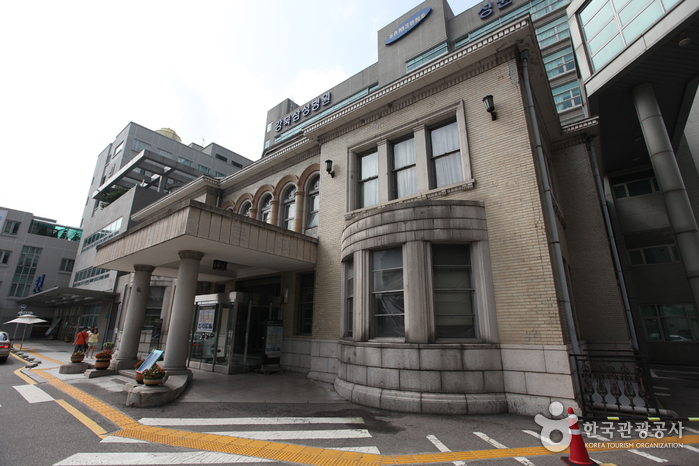
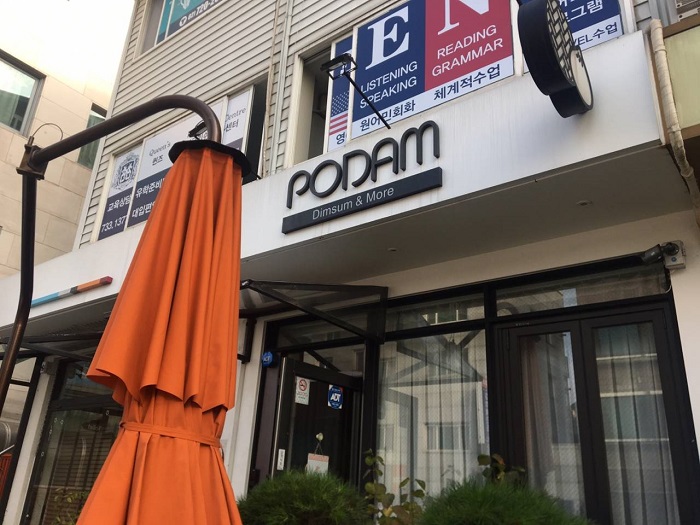
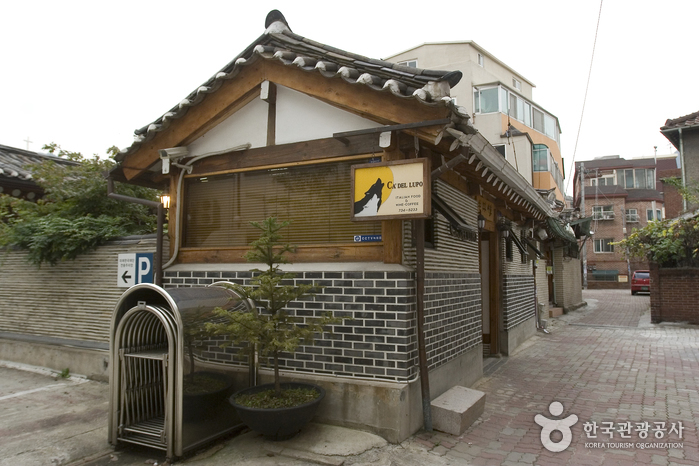
 Français
Français
 한국어
한국어 English
English 日本語
日本語 中文(简体)
中文(简体) Deutsch
Deutsch Español
Español Русский
Русский